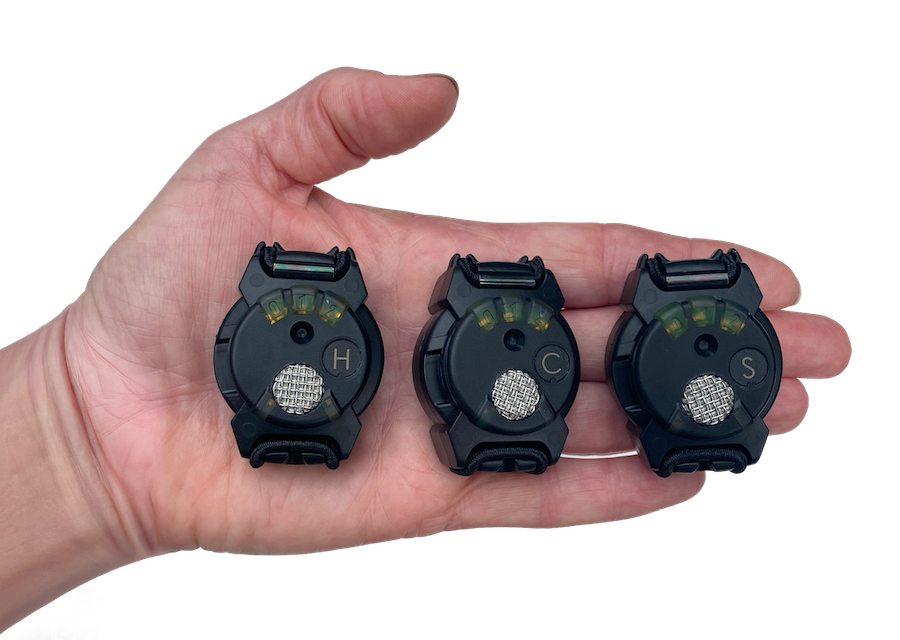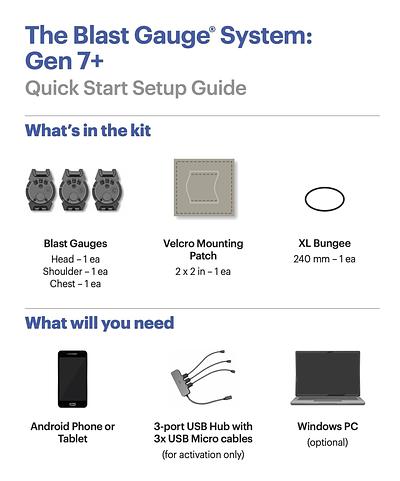An easy-to-use and near-autonomous system

The Blast Gauge® System is a set of 3 wearable sensors that collect multidirectional overpressure, acceleration, and body loading data for detailed blast event data collection, analysis, and exposure monitoring.


